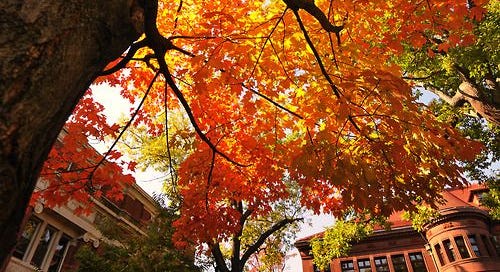A few years ago I was invited to lead a foraging workshop for Teju Cole’s creative writing class at Harvard. I met Teju on the steps of the Widener library and everything was almost ridiculously golden with fall leaves. Teju’s mind jumped from Youtube gossip to East Indian ice cream flavours to white privilege at US customs to beech leaves in the poetr…
Keep reading with a 7-day free trial
Subscribe to The Colour | Newsletter | Lab | Community to keep reading this post and get 7 days of free access to the full post archives.




